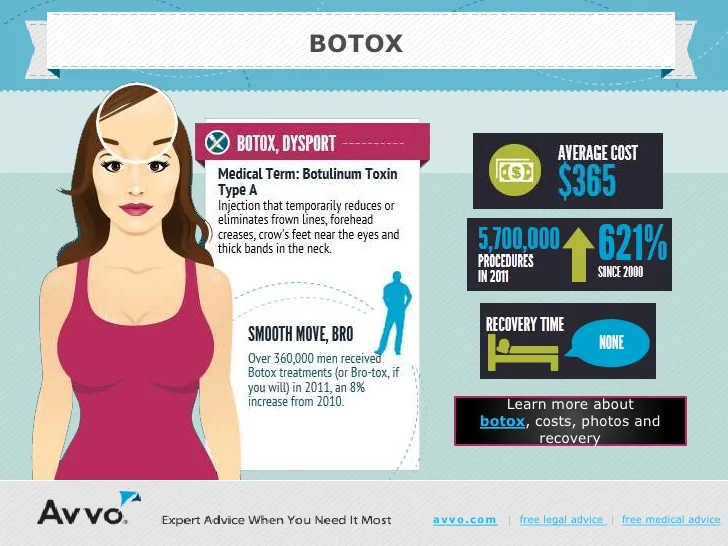Is Toothpaste Good For Acne
Is Toothpaste Good For Acne
Blog Article
Acne Scars and Post-Acne Treatment
Acne scars and dark marks can stay also after the acne itself has actually cleared. However there are several natural, over the counter and clinical therapies that can decrease their look.
Ice choice scars are tiny indentations that appear like pinpricks; rolling scars have a wave-like look and shallow depth; boxcar marks have clear edges; hypertrophic marks are elevated bumps. Treatments consist of skin needling, where your doctor rolls a needle-studded gadget over the skin; and medical excision, when a health care specialist cuts out deep marks.
1. Scrub
Acne scars discolor best when they aren't covered with dead skin cells. Peeling removes the build-up and allows fresh skin cells to find to the surface area. It also makes acne scars much less noticeable.
A skin specialist can advise exfoliation techniques for your specific skin type. Dry skin might gain from exfoliation with scrubs or other mechanical approaches, while oily skin may need a chemical peel. Those with darker complexion require to be careful utilizing more powerful chemical treatments, as they can cause dark areas and level of sensitivity.
If you have acne scars, prevent selecting or squeezing at them, which can make them worse. Inflammation brought on by irritation enhances the possibility of scarring. Selecting can leave ice-pick scars, which are narrow imprints with a factor at the end. You can also get boxcar scars, which are impressions with bigger edges. You can likewise establish hypertrophic or keloid marks. These are elevated bumps of scar tissue that can be itchy and agonizing.
2. Hydrate
After completing your acne treatment, maintaining skin clear and healthy and balanced calls for a regular skincare routine that secures from breakouts and reduces post-acne marks. This consists of a gentle cleanser and cream, non-comedogenic items that do not block pores, and staying clear of foods that irritate skin or trigger acne flare-ups.
Utilizing a lightweight, non-comedogenic moisturizer with components like hyaluronic acid and glycerin can help moisturize skin while likewise improving skin texture and promoting recovery. Search for a product that is developed without fragrance or parabens.
A product that targets remaining acne marks with components such as skin-brightening tranexamic acid and bakuchiol can boost dark places or irregular tone triggered by swelling. It delicately resurfaces the skin tone while smoothing rough and textured areas. An item that combines a retinoid and a plant-based retinol alternative can also improve the appearance of much deeper scars while at the same time targeting existing acnes and stopping future prx skincare breakouts.
3. Cover
When your acne scars heal, you can hide them with makeup and a concealer. Simply make sure you're just using the item over marks that are completely healed (not fresh ones), says Sotomayor. Then, complete your look with a bold lip color or declaration smoky eye shadow for maximum impact.
When it involves selecting a foundation or tinted cream, it is essential to choose one that is noncomedogenic and oil-free. This will certainly aid maintain your skin clear and stop the blocking of pores that can result in new breakouts.
The very same goes for choosing a concealer. Seek a formula that uses full insurance coverage yet still really feels light-weight and blendable on the skin. Also, when hiding imprints from acne scars, it's an excellent concept to find a color that matches your all-natural complexion (instead of a shade lighter or darker). This will assist conceal the indents better. This nourishing balm is an exceptional choice for brightening and lightening post-inflammatory hyperpigmentation, which can be brought on by acne or various other inflammatory skin problem. It contains moisturizing panthenol, softening shea butter and enhancing peptides that reduce inflammation and flaky texture.
4. See Your Skin doctor
The scars that create from severe acne commonly call for treatment by a physician or skin specialist. Before that can occur, though, a client should have their acne in control. This consists of not choosing or squeezing acne areas, and using gentle cleansers and water-based non-comedogenic products that will not obstruct pores.
If pharmacy cleansers and spot treatments aren't removing your skin, routine a consultation with a skin doctor. The skin specialist can recommend various other treatments that help remove your skin without drying it out or irritating it.
A dermatologist can likewise treat various other kinds of post-acne marks, consisting of dark spots that are a kind of hyperpigmentation called PIH (post-inflammatory hyperpigmentation). A topical retinoid like adapalene can visibly lighten these marks and discolor them promptly. For other types of scars, the doctor can suggest a more intensive treatment. This might consist of microdermabrasion or chemical peels off that are done right in the workplace. Relying on the intensity of your marks, these treatments may need to be duplicated.